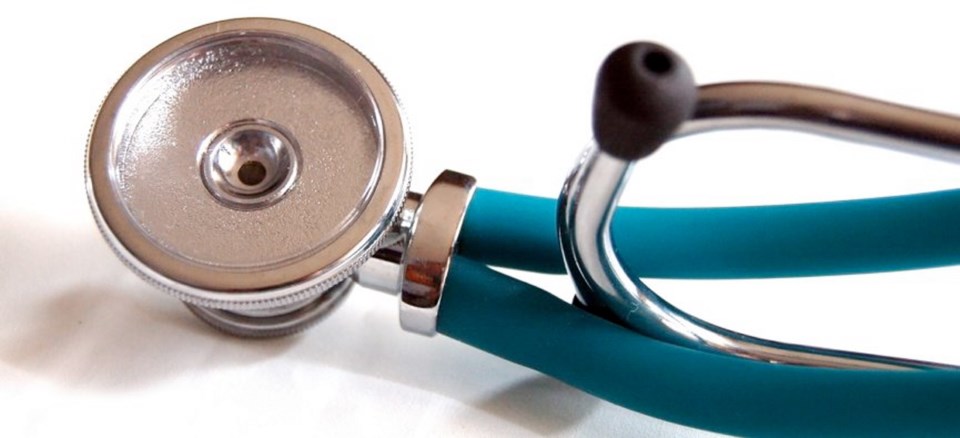A wise person once remarked: ŌĆ£It ainŌĆÖt what you donŌĆÖt know that get you into trouble. ItŌĆÖs the things you know for sure that ainŌĆÖt so.ŌĆØ
Most doctors and patients are convinced cholesterol-lowering drugs (CLDs) prevent heart attack. I say, it ainŌĆÖt so. So what might prove me right?
Years ago, I interviewed Dr. Linus Pauling, a two-time Nobel Prize winner. He explained that animals make their own vitamin C and rarely suffer a heart attack. For example, guinea pigs manufacture 13,000 milligrams of C daily, but if infection occurs, these animals increase the amount to 100,000 mg daily. Unfortunately, humans, due to a genetic quirk, lost the ability to manufacture vitamin C eons ago. Now, heart attack is our great killer.
Pauling reported that just 60 milligrams of vitamin C is proven to prevent scurvy. We can obtain this amount by eating one-sixth of an orange. But Pauling added a fact I had not been taught at Harvard Medical School ŌĆö it requires several thousand milligrams of C to prevent heart attack.
I suffered a severe heart attack at age 74. After much thought, I decided to take 10,000 mg of vitamin C daily, rather than CLDs. At 93, IŌĆÖm still alive. I admit this one fact is not good scientific evidence. Maybe I was just lucky to inherit good genes. My mother lived to be 94.
The best proof that large amounts of vitamin C works is Dr. Sydney BushŌĆÖs research. He proved that taking 6,000 mg of C daily reversed atherosclerosis in arteries. His monumental discovery is sadly collecting dust.
Another wise person remarked: ŌĆ£If you have a problem and donŌĆÖt know you have a problem, then you really have a problem.ŌĆØ Most people donŌĆÖt know theyŌĆÖre suffering from GAADD (Generalized Ascorbic Acid Deficiency Disease).
Pauling labelled it subclinical scurvy and it affects coronary arteries, but also thousands of others in our bodies. A house needs open plumbing and our bodies require unblocked arteries. Hardened arteries rob organs of oxygenated blood, leading to decreased function.
For instance, kidneys filter our blood 30 times every day. A blockage of renal arteries due to GAADD decreases efficiency, resulting in hypertension and finally kidney failure.
No organ is immune to GAADD. A lack of oxygen can result in loss of vision. Or it can trigger a stroke, another major killer.
Remember, IŌĆÖm not your doctor and I never advise tossing away CLDs. How to treat cardiovascular disease is a decision between you and your doctor.
But after adding up all the facts, particularly the research of Bush, IŌĆÖm pleased that I decided on high doses of vitamin C and Lysine, an amino acid. This combination strengthens and
opens arteries, making them less likely to rupture, causing stroke.
Years ago, I became tired of swallowing 30 pills daily. Now, brands containing large doses of C are available in powder or pill form at health food stores.
Will history determine who is right or wrong? Unfortunately I wonŌĆÖt be around to find out. But I hope to be proven right.
ThereŌĆÖs another side to this dilemma that is beyond debate. We know that prescription drugs have unintended side-effects. CLDs are no exception. Studies show that some patients develop liver and kidney problems. Others complain of leg cramps, emotional troubles and, in rare instances, total amnesia.
One of the most troubling side-effects is Type 2 diabetes, which occurs in 25 to 50 per cent of CLD users. Since diabetes is associated with greater risk of heart attack, studies show CLDs are causing the very disease theyŌĆÖre supposed to prevent.
Next week: Why my Scottish father would roll over in his grave.

